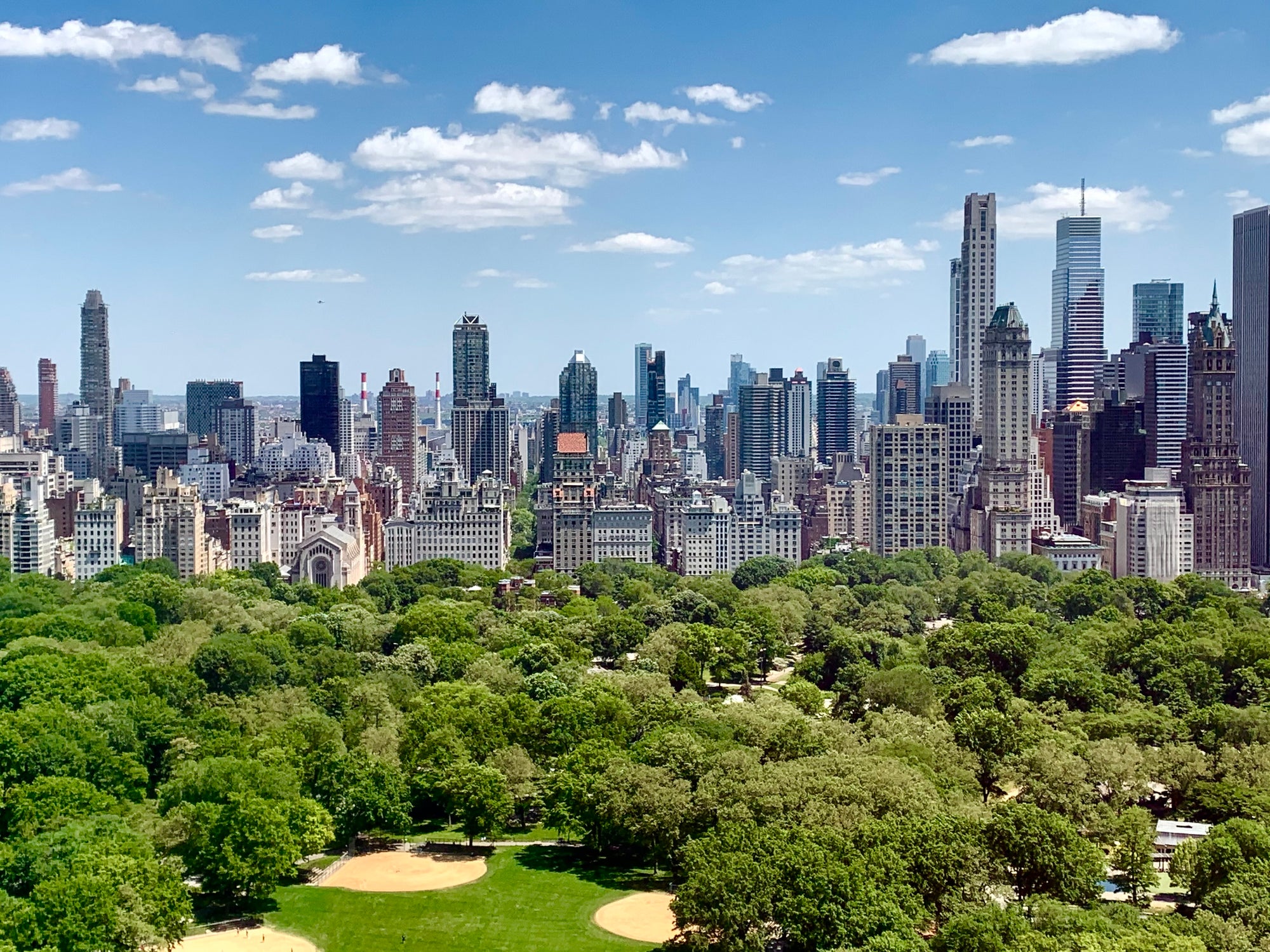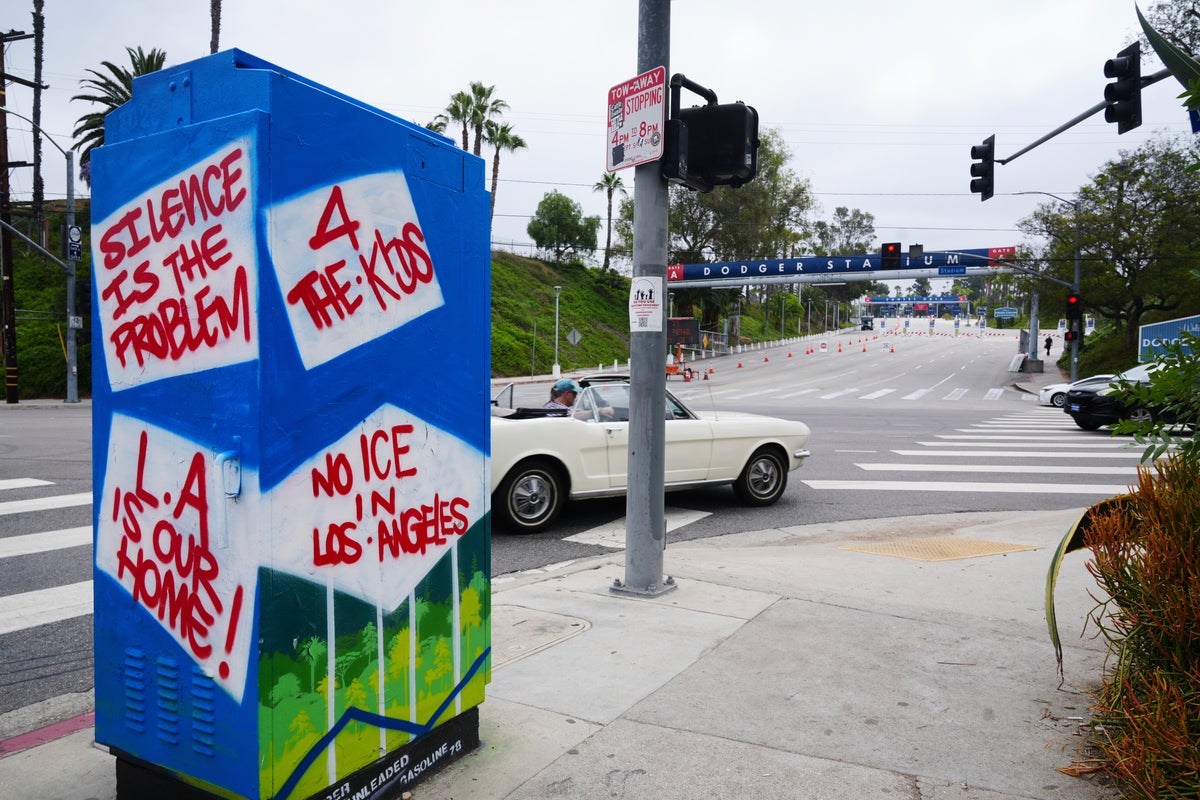The first major heatwave of 2025 has arrived, coinciding with the official start of summer, placing over 40 million people across the US under heat alerts. Temperatures are set to soar into the 90s Fahrenheit across the Midwest this weekend, with triple-digit highs anticipated in major East Coast cities like New York, Philadelphia, and Washington, D.C., alongside Denver, as the peak hits early next week. British health officials have also issued heat warnings for the UK, underscoring a global concern.
This escalating heat is not merely an inconvenience; it poses significant health risks, particularly for children, the elderly, and individuals with pre-existing conditions. Climate change, largely driven by the burning of fossil fuels, is exacerbating these extreme weather events, making already hot regions increasingly dangerous. The true measure of heat danger extends beyond simple temperature readings, incorporating factors like humidity, cloud cover, and wind, as captured by the wet bulb globe temperature (WBGT). Even seemingly lower temperatures can be perilous in humid conditions. A critical concern is the lack of overnight reprieve during heatwaves. "Your body needs a reprieve," explained Ashley Ward, director of the Heat Policy Innovation Hub at Duke University. "You don't get that overnight, we start the next day at a deficit." She warned that overnight temperatures failing to drop below 75F (24C) can lead to "pretty extraordinary outcomes with respect to heat illness and heat stroke, and even mortality."
To mitigate these risks, finding air conditioning is paramount. While home AC is ideal, census data suggests access is often overcounted. Ms Ward advises creating a "cool corner" for sleep if cooling an entire house is unfeasible. For those without home air conditioning, public spaces such as movie theatres, malls, and libraries offer vital cooling centres. Evaporative coolers are effective in dry climates but can worsen humidity, making simple fans a better option in humid environments. Assistance programmes like the Low-Income Home Energy Assistance Program and local non-profits can help secure window AC units for those in need.

Workplace protections against extreme heat remain a patchwork in the US, with no federal heat rules in place. While some states like California, Washington, and Maryland have regulations, enforcement can be challenging. Bharat Venkat, director of the University of California, Los Angeles Heat Lab, noted that workers often lack control over their time or location, making it difficult to take breaks in shaded areas without losing wages. For outdoor workers, staying hydrated by drinking plenty of fluids, wetting clothing, or applying cold water to pulse points (hands, feet, armpits, neck) is crucial. Portable fans and cooling vests can also offer relief. Those exercising should avoid the hottest parts of the day and carry more water than anticipated.
Recognising the symptoms of heat illness is vital, as they can vary and be masked by medications or underlying conditions. Early warning signs include heavy sweating, muscle cramps, and headaches – at which point immediate cooling measures should be taken. As heat exhaustion progresses, symptoms like a faster heart rate and dizziness may appear. The most severe stage, heat stroke, manifests as confusion, slurred words, and fainting, requiring immediate emergency attention. "Don’t be embarrassed to call 911 or go to urgent care when you think you might have overdone it in the heat," Mr Venkat urged. The arrival of this intense heatwave serves as a stark reminder of the growing impact of a warming planet. As temperatures continue to rise, understanding the risks and implementing preventative measures will be increasingly critical for public safety.

 3 hours ago
3
3 hours ago
3









